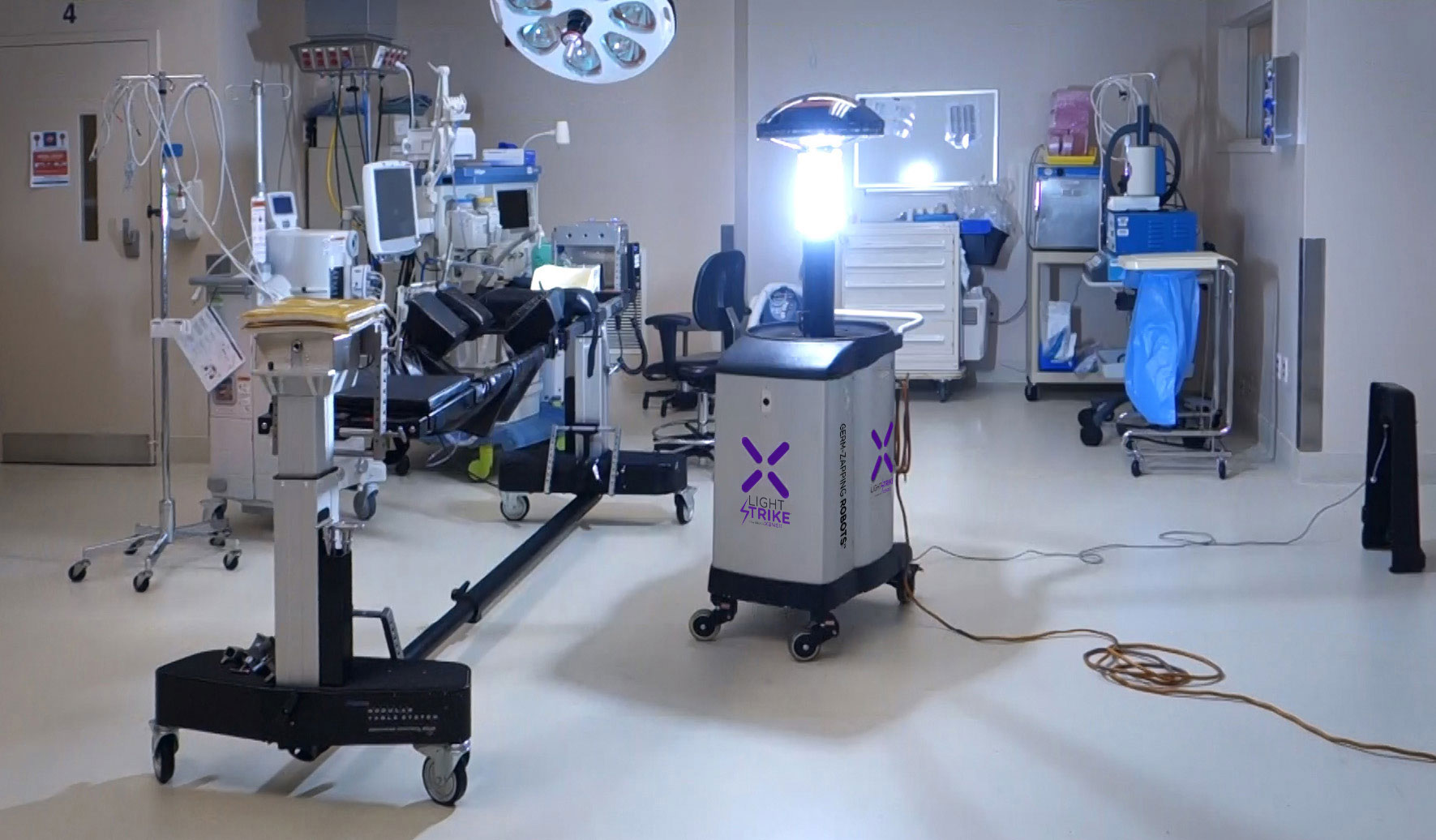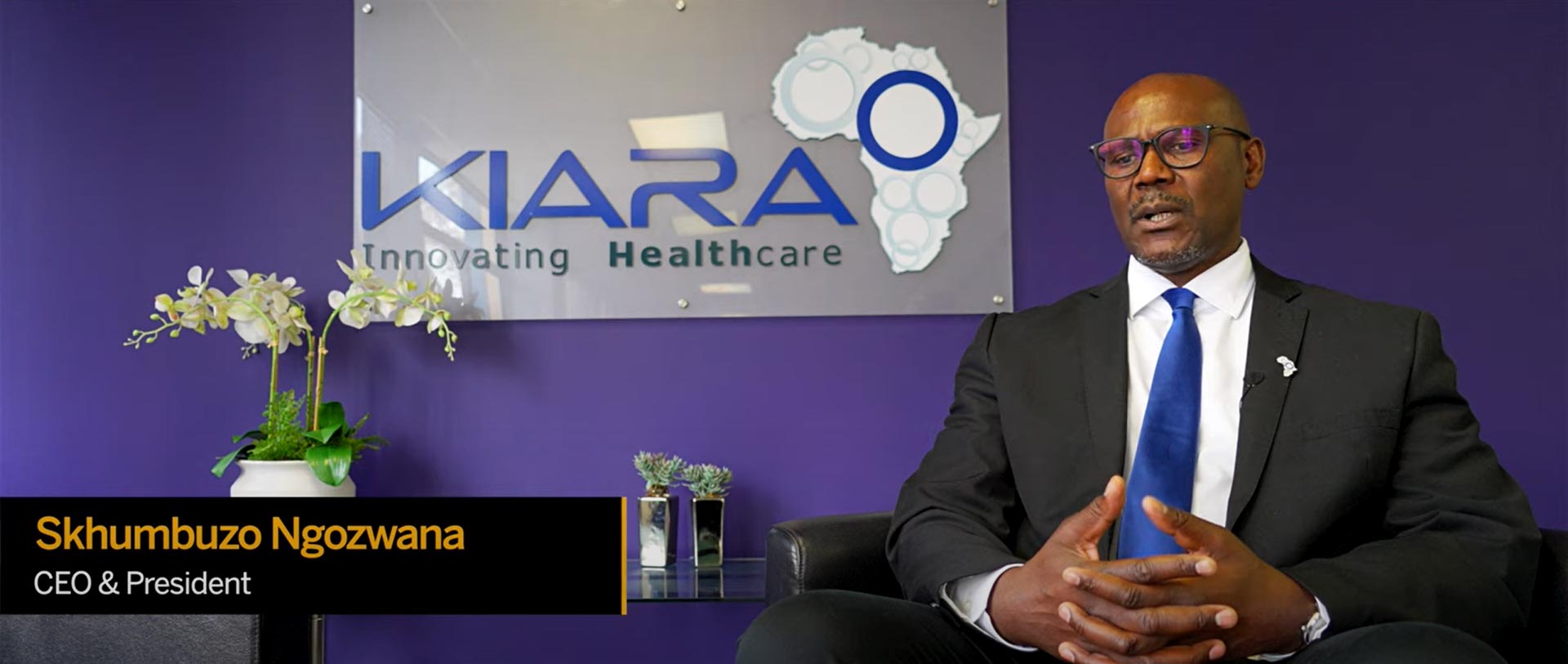
Mounting Resistance of Germs to Antibiotics is a Growing Global Concern
 Monday, 13 August 2018, “The mounting resistance of germs to antibiotics is a growing global concern that requires much greater attention and vigilance, not only within healthcare but from every level of society, if we are to successfully combat this threat into the future.”
Monday, 13 August 2018, “The mounting resistance of germs to antibiotics is a growing global concern that requires much greater attention and vigilance, not only within healthcare but from every level of society, if we are to successfully combat this threat into the future.”
This is the warning expressed by Dr Ricky Dippenaar, a Cape Town neonatologist based at Netcare Blaauwberg Hospital who is well known in South Africa for his pioneering work with micro-premature babies. “We are currently losing the battle against these rapidly evolving germs, which are now becoming resistant to our antibiotics faster than we are able to develop and produce new drugs to combat them,” he noted.
For Dr Dippenaar, who has been part of a local study to investigate the effectiveness of the use of a new Pulsed Xenon (PX) disinfecting ultraviolet (UV-C) robot to assist in destroying these germs, including bacteria, viruses and fungi, within the hospital setting, “the prospect of humankind running out of the means to combat these increasingly drug resistant microorganisms is frightening, and we all need to play our part to assist in combating this very real peril.
“We require much greater vigilance with regard to the use of antibiotics, or antibiotic stewardship, not only in South Africa, but across the African continent, where in some countries these types of drugs are easily available, even on the streets,” emphasises Dr Dippenaar.
He says the correct use of these important medicines is critical if we are to maintain their effectiveness and protect ourselves from antibiotic resistance. This involves the use of antibiotics only when absolutely necessary, and the correct medicines and doses to match the condition involved.
“Patients can and must play their part by taking their medicines exactly as prescribed and always be sure to complete their course of antibiotics. They should also resist the temptation to pressurise their clinicians to prescribe antibiotics for every medical condition they may suffer from.”
According to Dr Dippenaar, innovative infection control programmes, technologies and medicines do bring hope of solutions to the ever-developing problem, particularly within the hospital setting, where many ill patients have weakened immune systems and are particularly susceptible to infection.
Dr Dippenaar has been a part of an ongoing study on the use of the Pulsed Xenon UV disinfecting robot within an expressed human milk (EHM) feed preparation unit of Netcare Blaauwberg Hospital, and recently presented the team’s findings at the 3rd Biennial USANA (United South African Neonatal Association) Conference.
Using the Pulsed Xenon UV light emitting robot, which is distributed locally by pan-African pharmaceutical and medical technology company, Kiara Health, within the hospital’s sensitive expressed human milk feed preparation area, an impressive 90% reduction in surface bioburden, or the number of microbes living on a particular surface, was achieved.
“While our local study, the first of its kind in South Africa using this pioneering technology, has been relatively small and is ongoing, it is confirming what many other studies conducted at hospitals around the world have revealed: this little robot is a highly effective infection prevention and control tool within hospital environments,” adds Dr Dippenaar.
“It should be noted that Netcare has stringent, and highly effective, infection control measures in place at all of its hospitals, and we are also of course particularly cautious within our neonatal unit at Netcare Blaauwberg Hospital, where we treat a number of highly vulnerable premature babies, who have immature immune systems.
“What this study also revealed to the team, however, is there are an increasing number of microorganisms that are becoming resistant to traditional forms of infection control and cleaning measures.
“This remarkable robot, which uses pulsed PX-UVD light to destroy such organisms, provides an additional layer of protection to our existing infection control measures. We believe that while the device is not a proverbial ‘silver bullet’ for all infection control challenges, the technology will form a critical part of the future of infection control measures within healthcare facilities the world over.”
Dr Dippenaar and Professor Johan Smith, head of paediatric neonatologist at Tygerberg Children’s Hospital and the University of Stellenbosch, published the study of their initial findings on the use of the disinfecting robot in the journal BMC Infectious Diseases earlier this year. They concluded that, “The use of a PX-UVD as an adjunct to the facility’s standard cleaning protocols within the EHM feed preparation areas was associated with a significant decrease in bioburden.”
Dr Skhumbuzo Ngozwana, President and Chief Executive Officer of Kiara Health, which has been awarded the coveted Africa Visionary Innovation Leadership Award for 2018 by international growth partnership company Frost & Sullivan, thanked Dr Dippenaar, Prof Smith, Netcare and the University of Stellenbosch for undertaking and supporting the local study with the Xenon disinfecting UV technology, or “Germ-zapping robot”, as it is becoming popularly known.
He agrees with Dr Dippenaar that the local study confirms the results of similar scientific investigations conducted at a number of other health facilities in the United States and Europe, where it is being more-and-more widely adopted as an infection prevention tool.
“Kiara Health has a vision to preserve and progress the health of patients on the African continent by making available highly innovative pharmaceuticals and other medical technologies, such as the Xenex Pulsed Xenon UV robot,” added Dr Ngozwana.
“After conducting our own comprehensive research into the groundbreaking robot, we felt it would be critical to also make the technology available to hospitals here on the continent. We believe that this Netcare study confirms the robot’s efficacy and highlights the need for it at our facilities in Africa.”
Dr Dippenaar’s team noted a further important benefit of the use of the robot within their unit beyond its impressive germ-destroying capabilities: “Wherever the little robot, which looks a little like R2-D2 of Star Wars, is taken, it tends to provide an additional reminder to all of us medical staff, including doctors and nurses, of the importance of vigilance at all times when it comes to infection control.
Senior clinical advisor at Netcare, Dr Caroline Maslo, says, “Using this new disinfection technology in Netcare hospitals is keeping our facilities abreast of the latest advances in the global fight against microbe resistance in healthcare facilities.”
“The robots are proving effective and efficient, and are tough on germs yet gentle on the environment. In addition to their germ destroying capabilities, we found it particularly impressive that the robots can be used 24 hours a day, seven days a week and can be moved around easily within our facilities to achieve thorough disinfection quickly with minimal disruption to busy hospital areas. The robots require no water during operation, thus rendering them optimally water-wise, and they furthermore use minimal electricity,” explained Dr Maslo.
“We cannot rest on our laurels when it comes to infection control within the hospital environment – you cannot think that you have won the battle against these ever evolving microbes. What is required in this battle is ongoing vigilance, vigilance and more vigilance, and this applies to all of us. If we do not address the dangers of microbial resistance on every front, we may soon find that we have run out of options,” concludes Dr Dippenaar.


